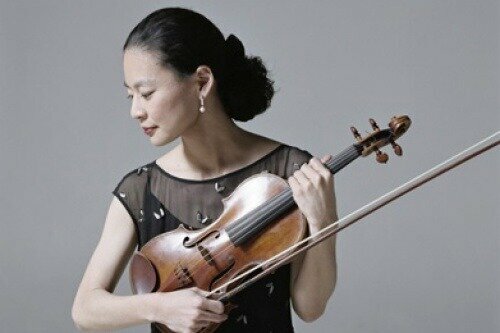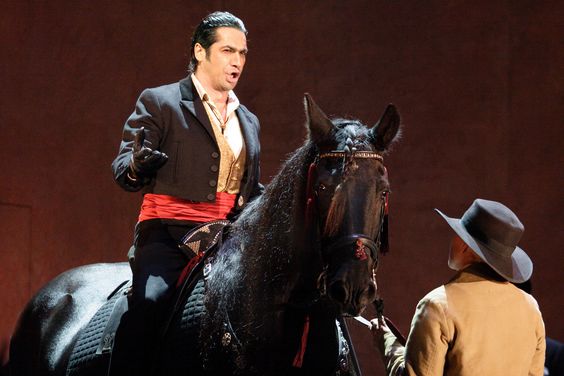by
One of my all-time feel-good movies is the animated musical fantasy film “The Little Mermaid.” Originally released in 1989 by Walt Disney Pictures, the movie takes us to the kingdom of Atlantica. Princess Ariel, a 16-year-old mermaid, is unhappy with her underwater life and fascinated by the human world. She falls in love with the human Prince Eric, and after much adventure, Ariel permanently turns into a human and marries her Prince.
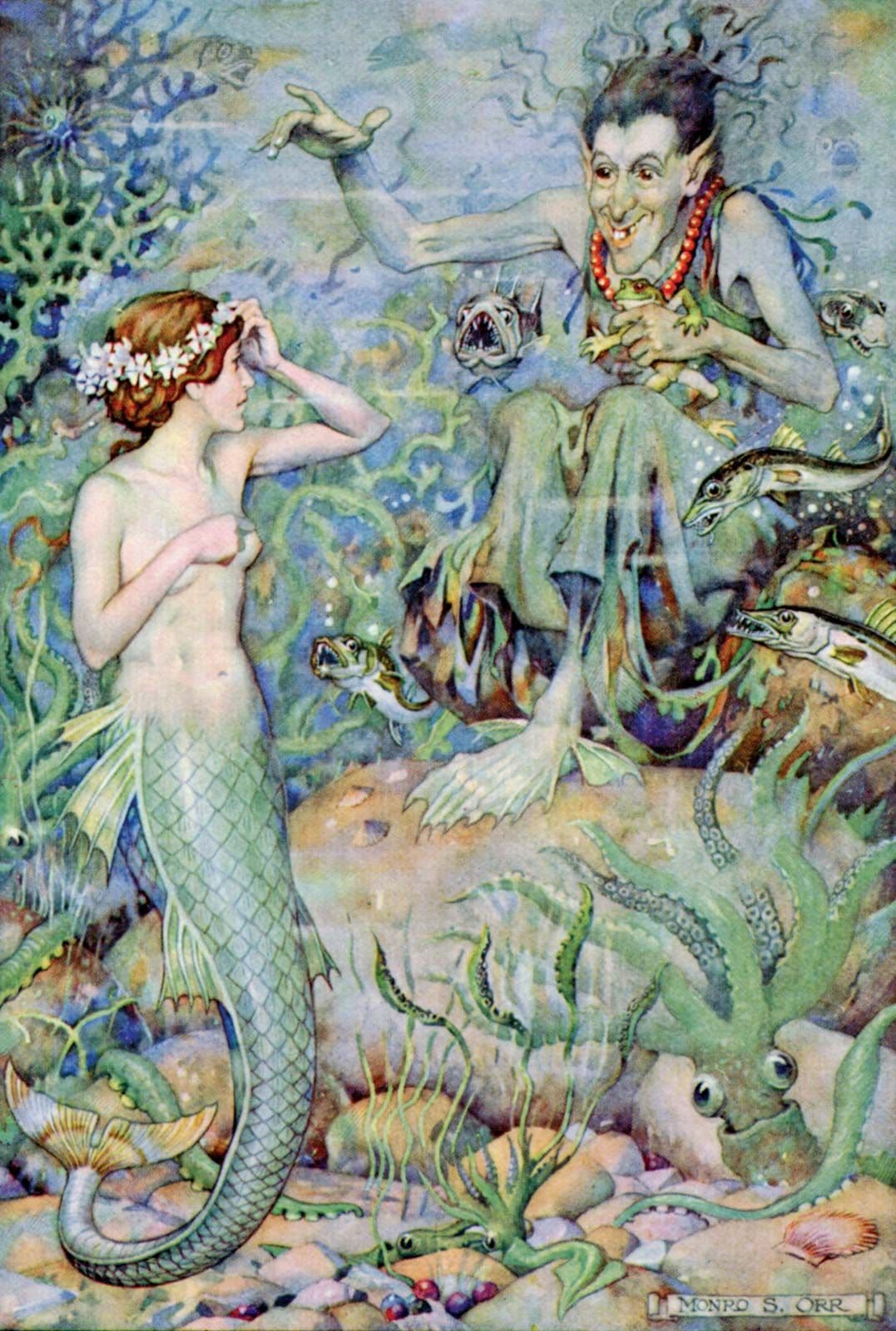
Illustration in Hans Christian Andersen’s “The Little Mermaid”
Thirty years later, in 2023, Walt Disney Pictures released a remake of that movie, this time featuring real actors. The plot once again features the young mermaid who makes a deal with a sea witch to trade her beautiful voice for human legs so that she can discover the world above water and impress a Prince.
Mermaids
So what is actually a mermaid? Basically, it is a fabled marine creature with the head and upper body of a female human and the tail of a fish. Mermaids appear in the folklore of many cultures worldwide, and in Europe, they were natural beings, like fairies, with magical prophetic powers. Also occasionally called sirens, they loved music and singing.

The Little Mermaid (1913) – sculpture by sculptor Edvard Eriksen
Some folktales record marriages between mermaids, who might assume human form and men. And while mermaids are often kind, they can also be dangerous. If offended, they are said to cause floods, shipwrecks, or other disasters. In European folklore, the concept of mermaids as beautiful and seductive singers seems to originate in Greek mythology. And it might be hard to believe, but actual mermaid sightings have still been reported in 2023.
The Fairy Tale by Hans Christian Andersen
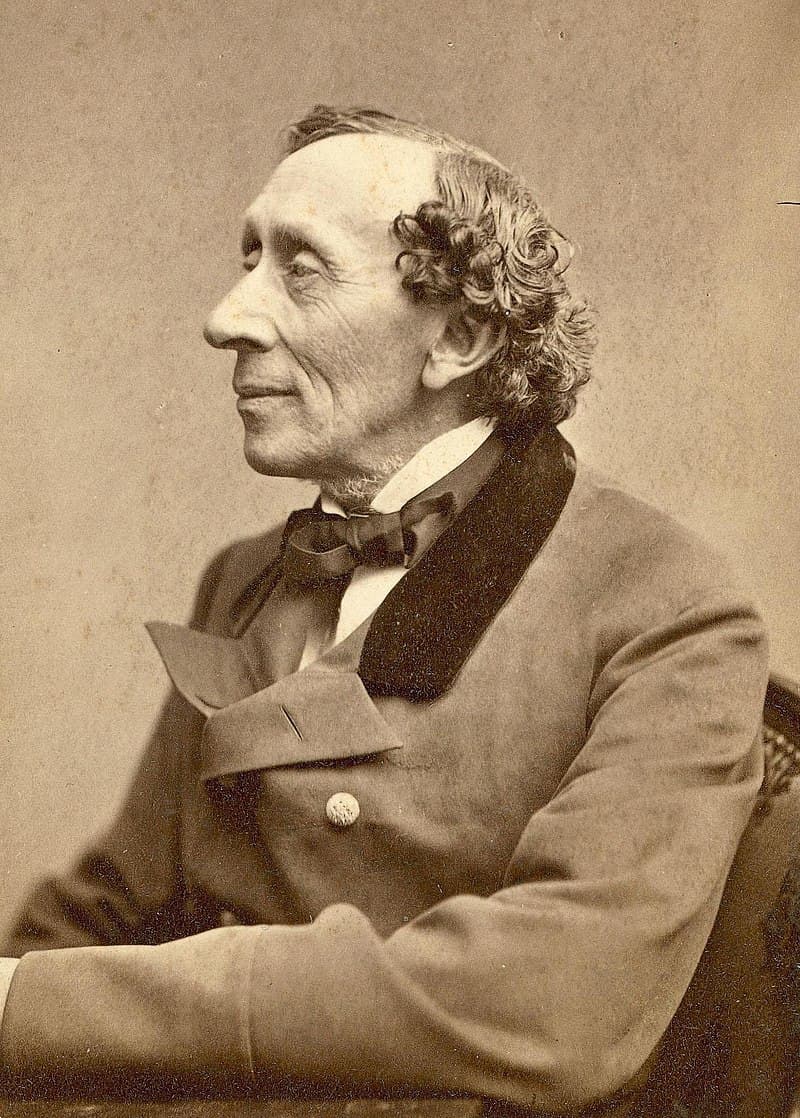
Hans Christian Andersen
As part of a collection of fairy tales for children, Hans Christian Andersen published “The Little Mermaid” in 1837. This enticing story follows the journey of a young mermaid who is willing to give up her life in the sea to gain a human soul. It is one of Andersen’s most beloved fairy tales, and it inspired books, comics, animations, films, operas, and much classical music. That’s all very exciting, so we decided to put together a little blog featuring music associated with mermaids.
Franz Joseph Haydn: “The Mermaid’s Song”
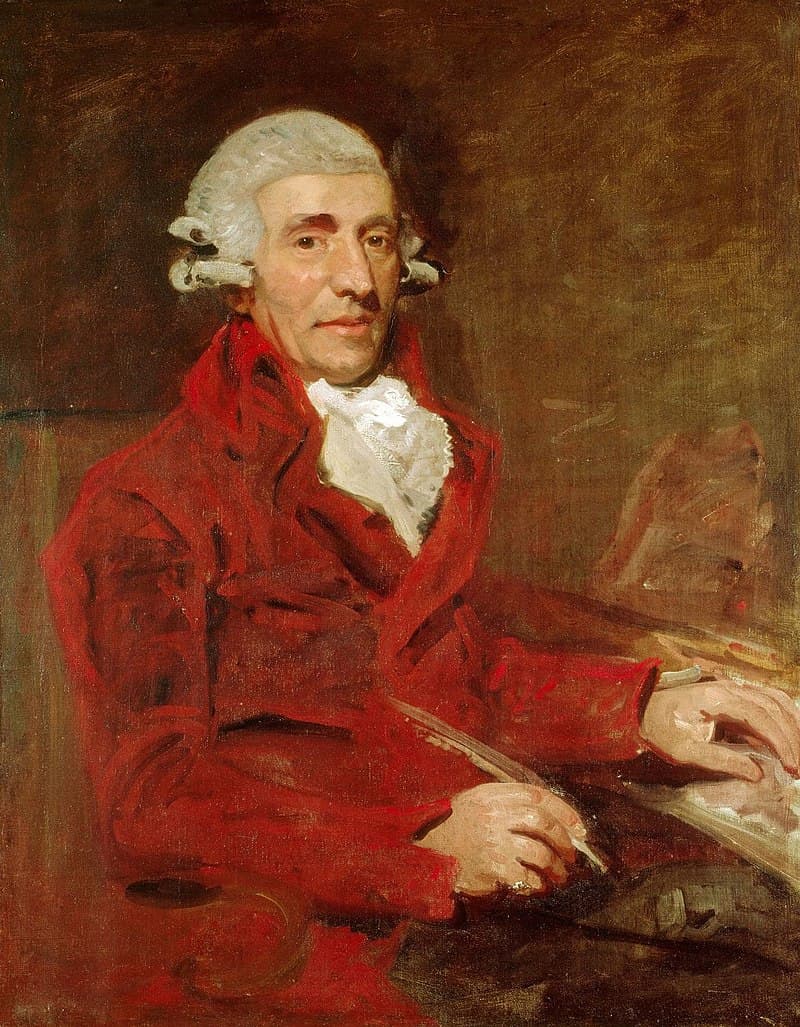
Haydn in London
Franz Joseph Hadyn made a couple of trips to England, and he was soon engaged to arrange a number of folksongs. The country was caught up in a great passion for collecting these melodies, and the publisher William Napier was looking for musical arrangements of his “100 Scottish Folksongs.” Essentially, Haydn needed to provide suitable accompaniments for the “wild and pathetic sweetness of these melodies.” In addition, Haydn was also busy composing two sets of six “Original Canzonettas” primarily for the profitable amateur market.
It has been suggested that Haydn was deeply inspired by Anne Hunter, the widow of the famous surgeon Sir John Hunter. Anne fancied herself a polished poetess writing in the taste of the day. Critics have suggested that her verses were unoriginal, usually soulful and sentimental, and with a dash of Gothic gloom. Each of the six Haydn Canzonettas opens with a song to the sea, and “The Mermaid’s Song” was certainly inspired by the first line of text, “Now the dancing sunbeams play.” Haydn writes a shimmering and glittering piano prelude before the Mermaid calls, “Follow me!” luring the listener into her underwater realm.

